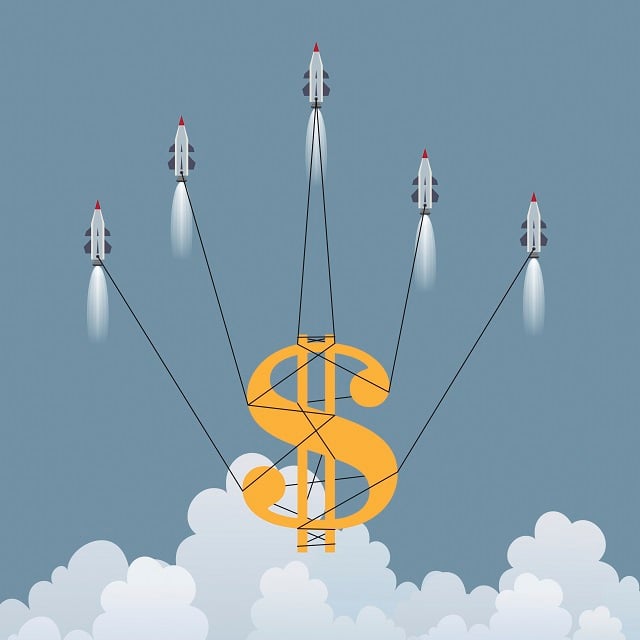
11 Things You Should Know About the Yield Curve: LPL
The yield curve has finally inverted. On March 22, the shorter end of the curve inverted, as the 3-month Treasury bill (and 1-year T-bill) yielded more than the 10-year Treasury for the first time since 2007. This matters, according to LPL Financial Research, because an inverted yield curve is the bond market's indication that a potential recession is in the offing. On Friday, the curve flipped again, with the 3-month and 1-year T-bills both yielding 2.40% as the 10-year yielded 2.41%. "The yield curve inversion is something that nearly everyone is talking about, given its perfect track record at predicting recessions," LPL senior market strategist Ryan Detrick, said in a statement. "At the same time, however, we simply aren't seeing other areas of the economy that would confirm a recession just yet, so there is more to this story." LPL points out that no one true "yield curve" exists. The yield curve simply looks at the yields of a shorter-dated fixed income instrument, and compares it to a longer-dated one. Moreover, the more commonly discussed 2-year/10-year yield curve spread has not inverted; it is above early December lows. According to LPL, an inversion on part of the yield curve may suggest trouble ahead for the economy, but economic growth and potential stock market gains can continue for years after the initial inversion. Given that credit markets are holding up well, employment remains strong and wages are still increasing, LPL says it does not yet see the necessary combination of worries that could suggest an imminent recession. Check out the gallery for 11 things about the yield curve LPL says are worth considering. --- Related on ThinkAdvisor:
© 2024 ALM Global, LLC, All Rights Reserved. Request academic re-use from www.copyright.com. All other uses, submit a request to [email protected]. For more information visit Asset & Logo Licensing.
Featured Resources
View All
Sponsored by Allianz Life Insurance Company of North America and Allianz Life Financial Services LLC
Can Systematic Risk Be Reduced?







